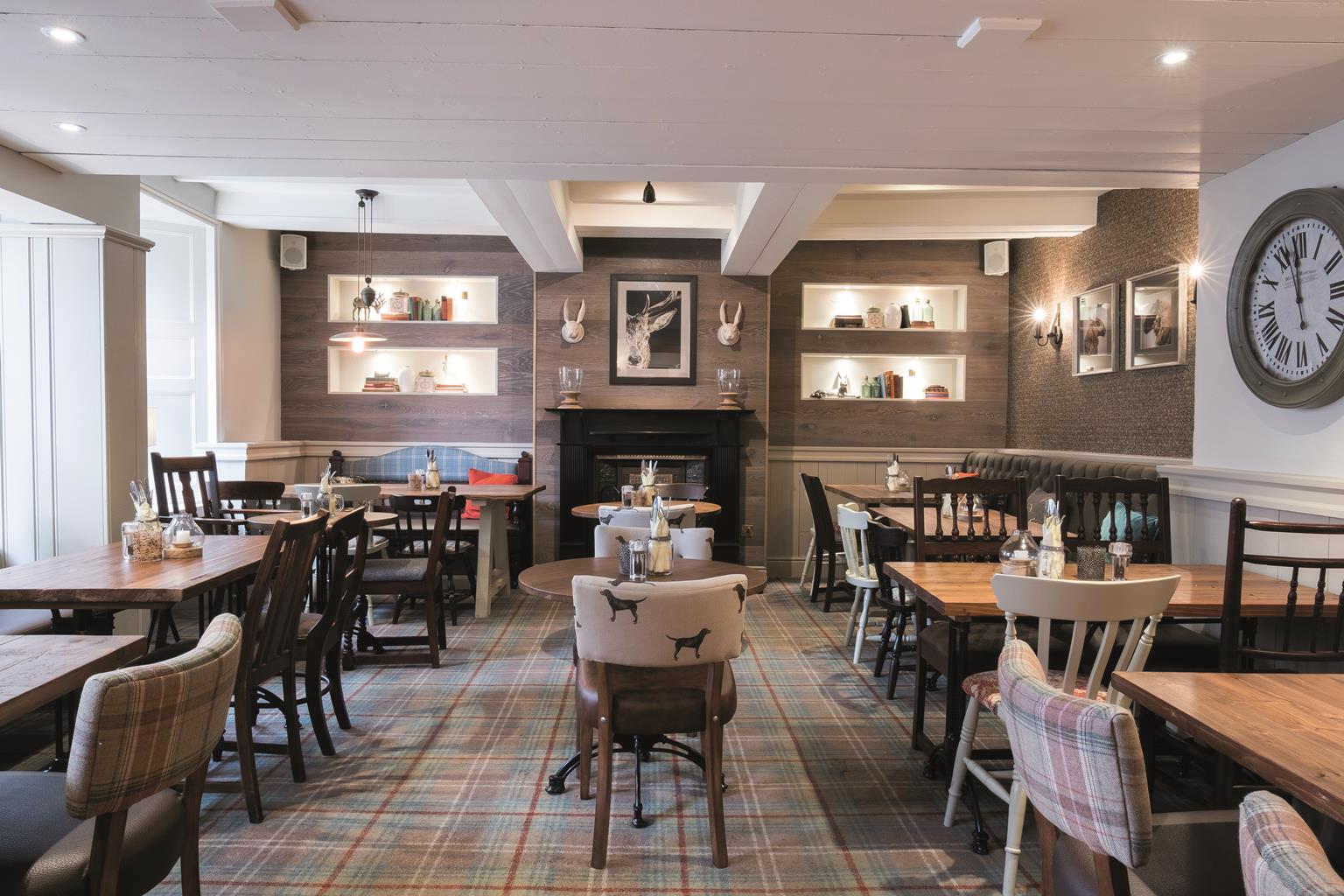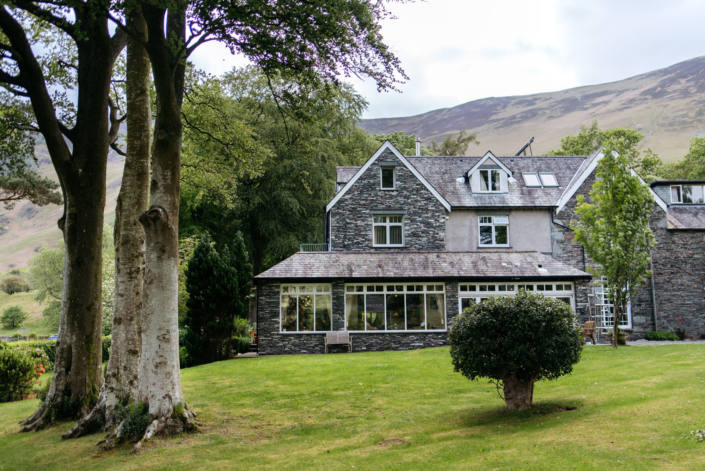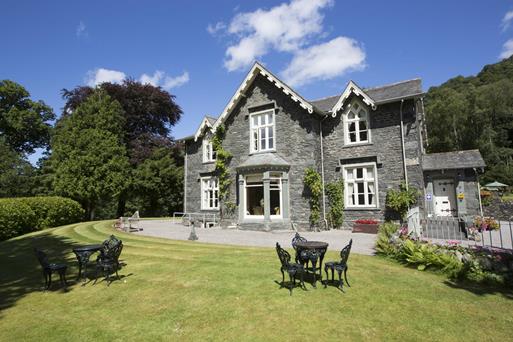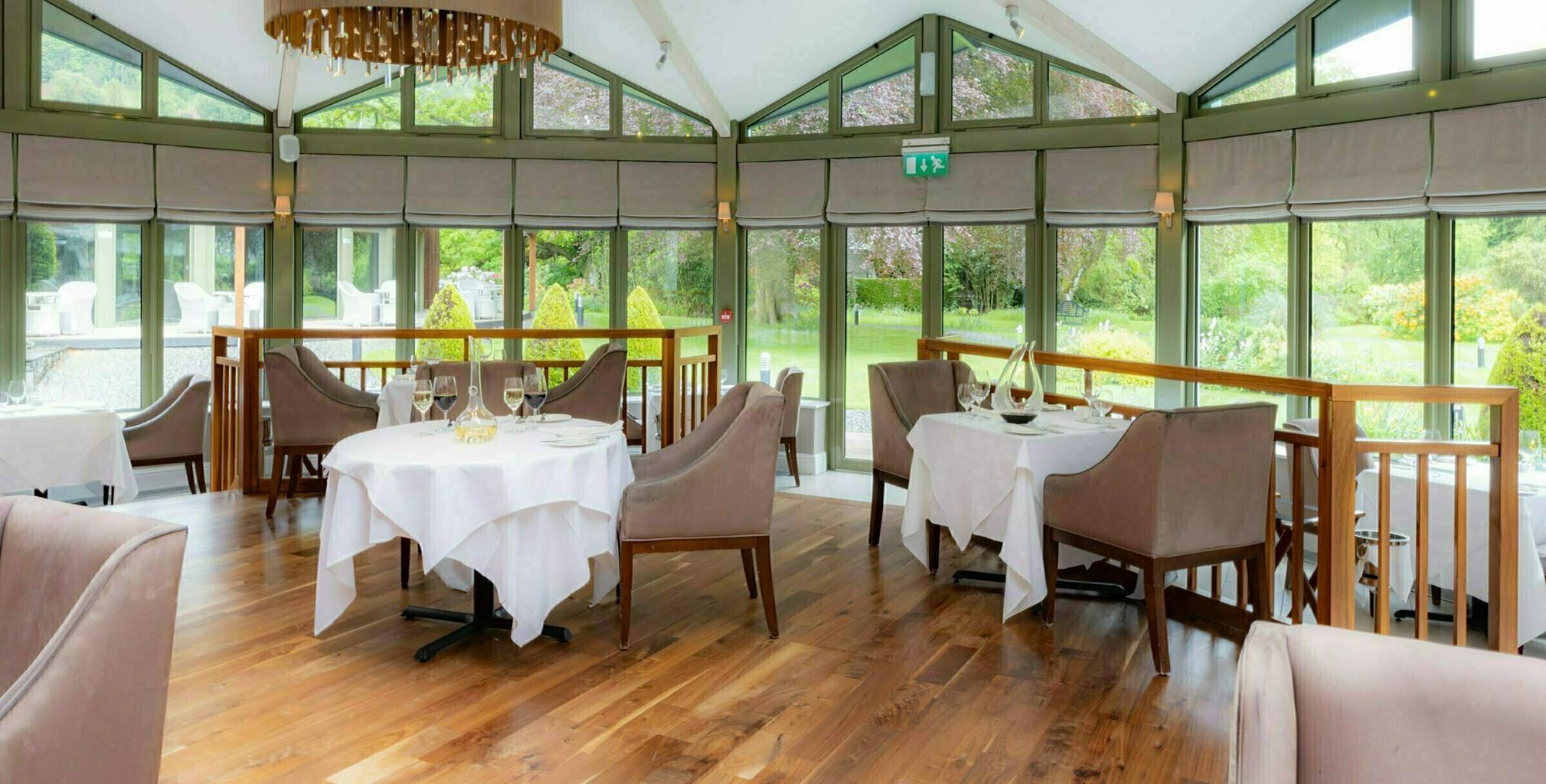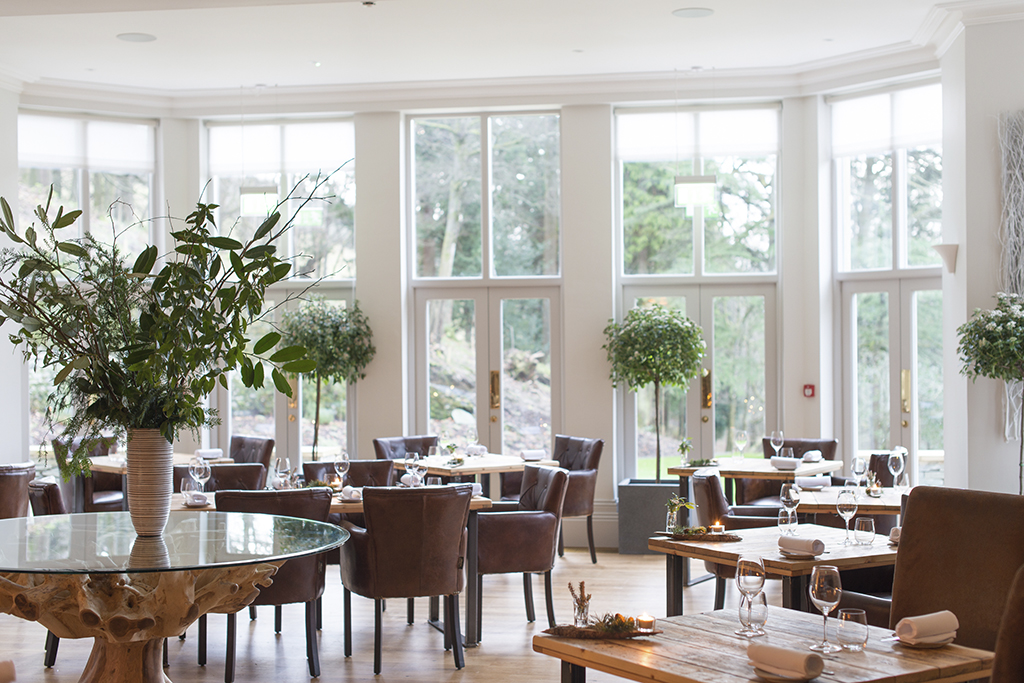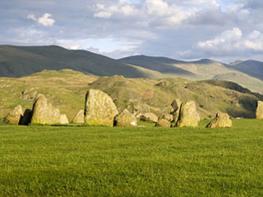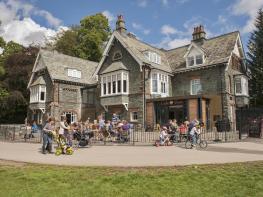An extended, former 17th-century coaching inn, The Kings Head is surrounded by spectacular…
St John's in the Vale

Exploring a compact valley and a wild fell.
5 miles (8kms)
About the walk
With St John’s in the Vale to the east and the Naddle Valley extension of Thirlmere Valley to the west, Naddle Fell forms an attractive little upland area that runs north from the end of the Thirlmere Reservoir towards the great northern fells of Blencathra and Skiddaw. Its three tops – Wren Crag, High Rigg and Naddle Fell itself – straddle a shoulder of craggy outcrops, sprinkled with a mix of bracken and ling heather. Tarnlets fill many of the hollows, rowan and Scots pine abound, and despite the presence of higher fells all around and roads in the dales below, this rugged fell has great charm and a surprising sense of isolation. This walk rises from Legburthwaite, at the head of the valley of St John’s in the Vale, to traverse the length of the fell. Despite its higher neighbours it has a lovely, sunny disposition and is a pleasant place to linger on a warm summer’s day. Sunsets seen from here over Castlerigg stone circle and Keswick can be spectacular. The walk along the top offers unparalleled views of the great bastion of Castle Rock, and north to Skiddaw and Blencathra, before dropping to the hidden little Church of St John’s in the Vale. Finally it returns along the vale itself.
The Church of St John's in the Vale
As you enter through the little iron gate and archway of overhanging yew, the proportions of this slate-roofed, low, narrow stone building immediately seem just right. With the parish history related on its assembled headstones, it is a building in perfect harmony with its natural surroundings. The quiet road that runs past was once of greater importance, and linked communities on both sides of the high shoulder. Undoubtedly there has long been a church on this site, and although the present building dates from 1845, headstones outside predate this considerably. It is thought that a reference in the chartulary of Fountains Abbey to ‘dommus sancti Johannis’ – a house of St John – may refer to a church on this site in the 13th century. Otherwise the earliest definite reference to St John’s is in 1554. The sundial is inscribed ‘St John’s Chapel, 1635’, and a silver chalice (not kept within the church) was gifted in 1659. The registers within the church date from 1776 onwards. The church was once part of the parish of Crosthwaite, which stretched from the top of the hill just outside Keswick to the top of Dunmail Raise, and included Thirlmere, Helvellyn and the stone circle at Castlerigg.
Walk directions
At the head of the car park a small gate leads onto the old road. Turn left down the lane to the verge of the busy A591. Turn right along this and cross Smaithwaite Bridge to a stile over the wall to the right. Cross it and take the path ahead, soon forking left and starting to climb. This leads through a stand of Scots pine with fine views to Castle Rock across the vale, then up to the open top of Wren Crag, where Skiddaw and Blencathra appear ahead.
Descend steeply into the dip and through the gap in the wall. Climb again to follow the crest of a line of rocky outcrops, Long Band. After a grassier stretch, bear left to a stile over a wire fence. Cross this then turn right along the fence to a little tarn in a hollow. Bear left, initially beside a ruined wall, and descend to reach a stile by a wall junction.
From the stile the path runs along the wall, climbing to pass through a corridor formed by the rocky knoll of Moss Crag. Beyond this, skirt left round a boggy area, then slant back right to the wall. When the wall turns sharp right, continue straight ahead and climb to the rocky summit of Naddle Fell, the highest point of this walk, which offers a superb view north to the high fells of Blencathra and Skiddaw.
Descend right from the cairn, then follow the wide path, which becomes very steep. Skirt left round buildings and turn right down the road. Just below St John’s in the Vale church, a gate and bridleway sign lead to a recently ‘improved’ track. Skirt the foot of the fell along this track. Below Rake How pass a ruined farm surrounded by sycamores and a giant overhanging yew.
Keep along this track, passing through three gates and passing right of and above more ruins at Sosgill. A kissing gate leads into a mixed plantation. Continue along a narrower, rocky path and skirt just above Low Bridge End Farm (the tea room and garden are at the far end).
Continue along the path through a couple more gates until it meets the bank of St John’s Beck, beneath Wren Crag. The path climbs, traversing a steep slope above the river, then swings right to a bracken-clad shoulder. Continue down to the stile that leads back onto the A591. Turn left and left again to return to the car park and the start of the walk at Legburthwaite.
Additional information
Grassy paths and track, 4 stiles
Open fellside and river dale
Under control at all times; open fellside grazed by sheep
OS Explorer OL5 The English Lakes (NE)
Car park at Legburthwaite, head of St John's in the Vale
At car park
WALKING IN SAFETY
Read our tips to look after yourself and the environment when following this walk.
Find out more
Also in the area
About the area
Discover Cumbria
Cumbria's rugged yet beautiful landscape is best known for the Lake District National Park that sits within its boundaries. It’s famous for Lake Windermere, England’s largest lake, and Derwent Water, ‘Queen of the English Lakes'. This beautiful countryside once inspired William Wordsworth and his home, Dove Cottage, in Grasmere is a popular museum. Another place of literary pilgrimage is Hill Top, home of Beatrix Potter, located near Windermere. Tom Kitten, Samuel Whiskers and Jemima Puddleduck were all created here.
Much of Cumbria is often overlooked in favour of the Lake Distirct. In the south, the Lune Valley remains as lovely as it was when Turner painted it. The coast is also a secret gem. With its wide cobbled streets, spacious green and views of the Solway Firth, Silloth is a fine Victorian seaside resort. Other towns along this coastline include Whitehaven, Workington and Maryport. Carlisle is well worth a look – once a Roman camp, its red-brick cathedral dates back to the early 12th century and its 11th-century castle was built by William Rufus.
Nearby stays
Restaurants and Pubs
Nearby experiences
Recommended things to do
Why choose Rated Trips?
Your trusted guide to rated places across the UK
The best coverage
Discover more than 15,000 professionally rated places to stay, eat and visit from across the UK and Ireland.
Quality assured
Choose a place to stay safe in the knowledge that it has been expertly assessed by trained assessors.
Plan your next trip
Search by location or the type of place you're visiting to find your next ideal holiday experience.
Travel inspiration
Read our articles, city guides and recommended things to do for inspiration. We're here to help you explore the UK.

